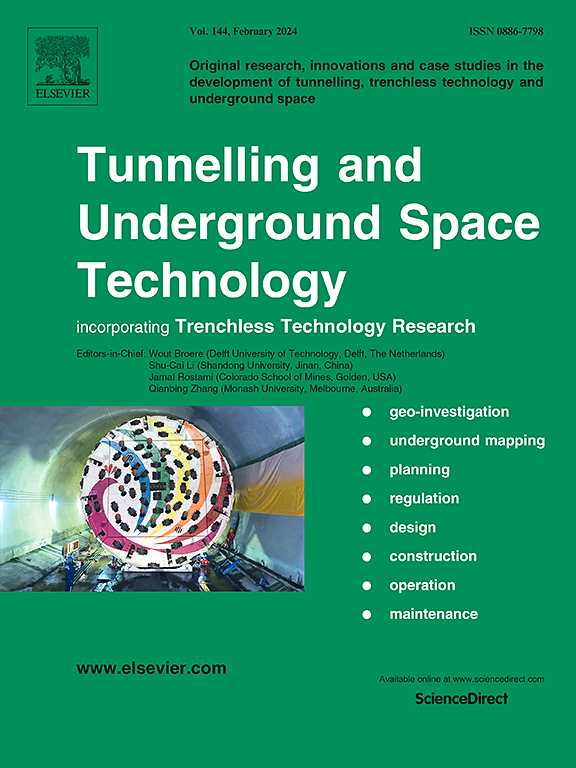Time-dependent seismic fragility analysis of subway station structure subjected to chloride-induced corrosion
IF 6.7
1区 工程技术
Q1 CONSTRUCTION & BUILDING TECHNOLOGY
引用次数: 0
Abstract
Subway station structures near coast are at risk of corrosion caused by chloride, resulting in material and structural component deterioration over time and impacting overall performance during earthquakes. This study proposes a numerical framework for the time-dependent seismic fragility analysis of subway station structures, considering chloride-induced corrosion, based on the IDA method. This study utilizes finite element simulations of typical subway station structures in Qingdao, Shandong, China, focusing on nonlinear dynamic interactions between soil and structure, as well as the impact of chloride-induced corrosion on aging effects. The time-dependent damage states within subway station structures are determined through a nonlinear static pushover analysis. Subsequently, the IDA method is employed to generate time-dependent seismic fragility curves and surfaces specific to subway station structures. The numerical results indicate that the impact of chloride-induced corrosion on the subway station structure cannot be ignored. In the corrosion environment, the seismic performance assessment of subway station structures must take into account time-dependent damage states resulting from the degradation of material properties and the reduction in seismic capacity. The probability of a subway station structure exceeding various damage states monotonically increases during its service life. The subway station structure primarily suffers minor to moderate damage under the ground motion with a return period of 2450 or 10000 years, as it reaches its design service life.
求助全文
约1分钟内获得全文
求助全文
来源期刊

Tunnelling and Underground Space Technology
工程技术-工程:土木
CiteScore
11.90
自引率
18.80%
发文量
454
审稿时长
10.8 months
期刊介绍:
Tunnelling and Underground Space Technology is an international journal which publishes authoritative articles encompassing the development of innovative uses of underground space and the results of high quality research into improved, more cost-effective techniques for the planning, geo-investigation, design, construction, operation and maintenance of underground and earth-sheltered structures. The journal provides an effective vehicle for the improved worldwide exchange of information on developments in underground technology - and the experience gained from its use - and is strongly committed to publishing papers on the interdisciplinary aspects of creating, planning, and regulating underground space.
 求助内容:
求助内容: 应助结果提醒方式:
应助结果提醒方式:


